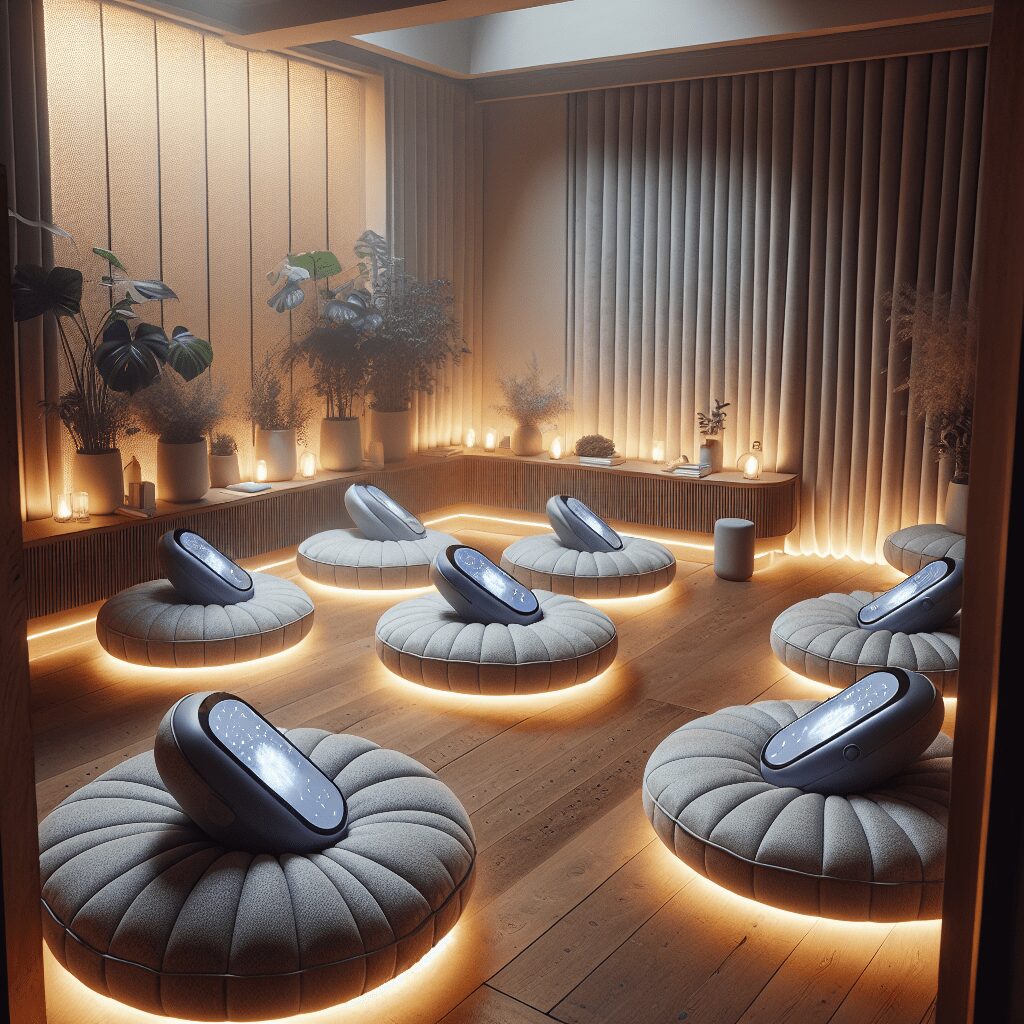
Prioritize your mental well-being daily. Enhance your life by nurturing your mental health with the Smart Meditation app. Break free from stress, alleviate anxiety, and enhance your sleep quality starting today.
Does Yoga Help Your Anxiety?
Unraveling the Mysteries of Yoga and Anxiety Relief
In today’s fast-paced world, where the daily grind can sometimes feel like running a marathon with no finish line in sight, it’s no wonder that anxiety has become a constant companion for many. But here’s the kicker: amidst this whirlwind of deadlines, responsibilities, and digital overload, a millennia-old practice holds the potential to be your anchor. Yes, we’re talking about yoga, the ancient discipline that’s all about harmonizing body, mind, and spirit. But can a series of poses, deep breathing, and meditation actually make a dent in your anxiety levels? Let’s dive deep into the heart of the matter.
The Science Behind the Serenity
At first blush, the idea of contorting your body into various positions might not scream ‘calm and collected.’ But before you dismiss it as just another wellness fad, hold your horses! There’s a hefty chunk of scientific research suggesting that yoga doesn’t just make you more limber—it might genuinely ease those frazzled nerves.
-
Breathe Easy: One of yoga’s crowning jewels is pranayama, or breath control. When anxiety decides to rear its ugly head, your breathing pattern changes. Ever noticed how it becomes shallow and rapid when you’re stressed? Yoga teaches you to take the reins back, encouraging deep, measured breaths. It’s not rocket science, but it’s pretty close; this type of breathing activates your parasympathetic nervous system, also dubbed the rest-and-digest system. Essentially, it’s your body’s chill-out button.
-
Strike a Pose: Ever heard of the ‘fight or flight’ response? When anxiety hits, it’s like sounding the alarm bells. However, yoga poses (or asanas) can help counter that. They’re designed not just for flexibility but also to release muscle tension—oi, goodbye, stress knots—and enhance blood circulation. Each pose is a step toward coaxing your body out of the red zone and into a state of relaxation.
-
Mind Over Matter: If your mind’s like a browser with too many tabs open, yoga’s meditation and mindfulness aspects can be a game-changer. By focusing on the here and now—be it through a guided meditation at the end of a session or the mindful attention to your movements and breathing—yoga can help you shove those pesky anxious thoughts out of the spotlight.
Putting It Into Practice
So, how can you embark on this journey towards a calmer you? It’s simple, really. You don’t need to twist yourself into a pretzel or master the art of levitation. Starting with just a few basic poses and breathing exercises can pave the way. Here are a couple of pointers:
- Kickstart Your Morning: Incorporate a short yoga routine into your morning ritual. Even 10-15 minutes can set a positive tone for the day.
- Breathe Through It: Practice pranayama, especially when you feel the anxiety creeping in. Techniques like the 4-7-8 breath can be particularly effective.
- Make It a Habit: Consistency is key. The more regularly you practice, the more pronounced the benefits will be.
- Seek Guidance: If you’re a newbie, consider attending a yoga class or following an online tutorial to get the hang of things.
A Calm in the Storm
In the end, while yoga might not be a magic cure-all, its toolbox brimming with postures, breathing techniques, and meditative practices has proven to be a formidable ally against anxiety. It’s about finding balance, tuning into your body, and teaching your mind to take a breather. And in this day and age, that’s not just beneficial; it’s essential. So, why not roll out the mat and see where it takes you? After all, in the quest for tranquility, every little bit helps.





